| Chapter 5: Cultivars and Species for Use in Alaska Released for Commercial Seed Production Iris, Wild Knik is a 2007 Selected Class release (Wright, 2007) intended for revegetation and landscaping. Production of seed is straightforward and relatively easy. The accession is best used on wet soil and in seed mixes with non-competitive grasses. Knik is best adapted for Southcentral, Southeast, and Southwest Alaska. 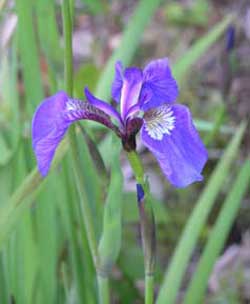
Figure 104: Knik Germplasm wild iris
Jacob’s Ladder, Beautiful Butte Germplasm beautiful Jacob’s ladder is a 2007 Selected Class release (Wright, 2007). This species is highly adapted to gravelly soils and has value in its colorful appearance. Using this species not only enhances diversity, it adds an aesthetic component to any revegetation mix. 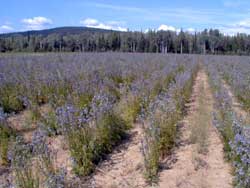
Figure 100: Field production of Butte Germplasm beautiful Jacob’s ladder near Fairbanks, AK.
Locoweed, Nodding Franklin Bluffs Germplasm nodding locoweed is a 2008 Selected Class release from the Alaska Plant Materials Center. This native Alaska legume was collected on the Arctic coastal plain in 1995. This species is highly adapted to gravely sites and is intended for use in reclamation and revegetation in the northern and central regions of Alaska. Aspects of seed production will be similar to other commercial legumes in the same class. 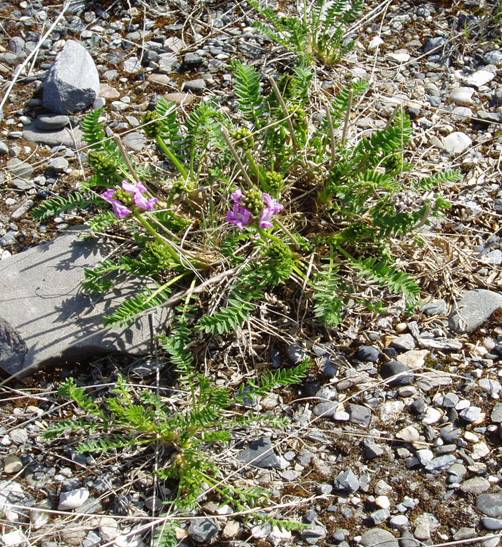
Figure 116: Franklin Bluffs nodding locoweed
Lovage, Beach Beach lovage is in the parsley family. The species is quite common on coastal sites and will be an important component in coastal revegetation seed mixes. This particular accession was collected on Attu Island in 1993. Production has occurred at the PMC since 1994 and the germplasm was released in 2006 (Wright, 2006). 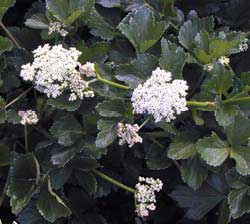
Figure 102: Casco Cove Germplasm beach lovage
Oxytrope, Field Black Rapids Germplasm field oxytrope is the first legume released from the PMC. It was released in 2007 (Wright, 2007). This selection was collected near Black Rapids on the Richardson Highway. This species is adapted to rocky and gravelly dry soils. Field oxytrope is often an early colonizer of disturbed sites. As with most legumes, field oxytrope fixes nitrogen and may increase soil fertility. 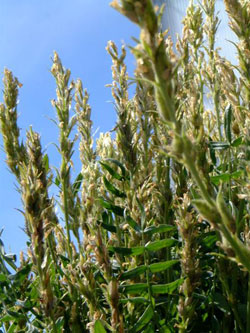
Figure 99: Black Rapids Germplasm field
Parsley, Jakutsk Snow Tok Selected Class Germplasm Cnidium cnidiifolium was collected near Tok, Alaska, and later released as Tok Germplasm Jakutsk snow parsley for revegetation purposes (Wright, 2006). It grows best on gravelly sites. Its presence in a seed mix results in a stand having a very natural, meadow-like appearance.
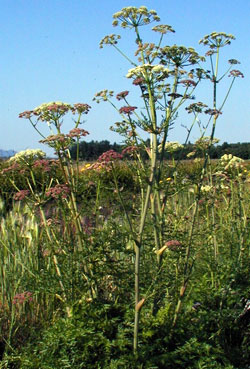
Figure 52: Tok Germplasm Jakutsk snow parsley
|
